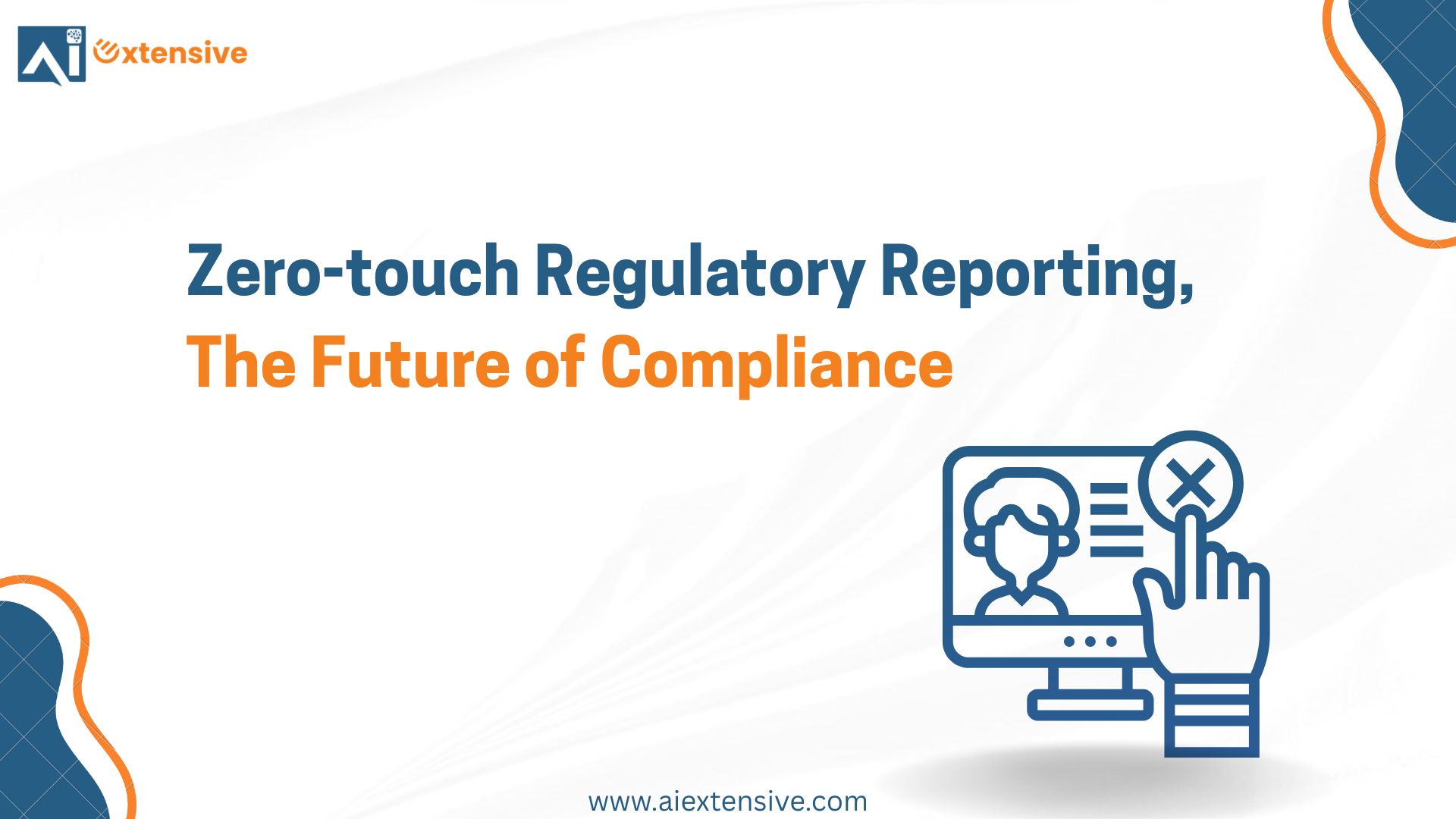Liquidity is the lifeline of every business. While profitability attracts attention, it is liquidity that ensures day-to-day survival. A company may be profitable on paper but still face a cash crunch if its working capital is not managed well.
At the heart of working capital management lie three crucial data points: Receivables, Payables, and Inventory. Let’s break down why these matter and how they can be leveraged for better liquidity management.
1. Receivables – Turning Sales into Cash
- What it is: Money owed by customers for goods or services already delivered.
- Why it matters: Delays in collection can block funds, directly impacting liquidity.
- Key metrics to track:
- Best practices:
2. Payables – Balancing Obligations & Cash Outflow
- What it is: Money a company owes to suppliers and service providers.
- Why it matters: Efficiently managing payables ensures you honor commitments without stressing cash reserves.
- Key metrics to track:
- Best practices:
3. Inventory – The Silent Cash Blocker
- What it is: Raw materials, work-in-progress, and finished goods waiting to be sold.
- Why it matters: Excess inventory locks up cash, while too little inventory may cause stockouts.
- Key metrics to track:
- Best practices:
Connecting the Dots – The Cash Conversion Cycle (CCC)
Liquidity management becomes powerful when these three points are viewed together:
- CCC = DSO + DIO – DPO This metric shows how long it takes to convert investments in inventory and receivables into cash, after accounting for payables.
A shorter CCC = stronger liquidity and more financial flexibility.
How AI Can Transform Working Capital Management
Artificial Intelligence is now enabling businesses—especially SMEs and fast-growing startups—to monitor and optimize working capital in real time.
 AI for Receivables
AI for Receivables
- Predicts late payments by analyzing customer history and market conditions.
- Suggests personalized collection strategies (e.g., reminders, discounts).
- Automates reconciliation of payments with invoices.
AI for Payables
- Identifies the optimal timing for payments to maximize cash flow without hurting vendor relationships.
- Simulates “what-if” scenarios (e.g., paying early vs. delaying payments).
- Detects duplicate or erroneous invoices before disbursement.
AI for Inventory
- Uses demand forecasting to maintain the right stock levels.
- Minimizes carrying costs by predicting slow-moving or obsolete items.
- Optimizes procurement cycles by syncing with sales and production data.
AI-Powered Dashboard
Instead of manual monthly reviews, AI can provide continuous monitoring dashboards highlighting:
- Current DSO, DPO, and DIO trends.
- Forecasted liquidity position for the next 30/60/90 days.
- Alerts for potential liquidity crunches.
Key Takeaway for Businesses
Strong working capital management is not about maximizing each element in isolation but balancing receivables, payables, and inventory in harmony. With AI, businesses can shift from reactive monitoring to proactive decision-making, giving them an edge in liquidity management.
Action Point for Leaders:
If your business is still managing working capital manually, it’s time to explore AI-driven dashboards. The combination of data + AI can free up hidden cash, reduce stress, and give you confidence in managing growth.








